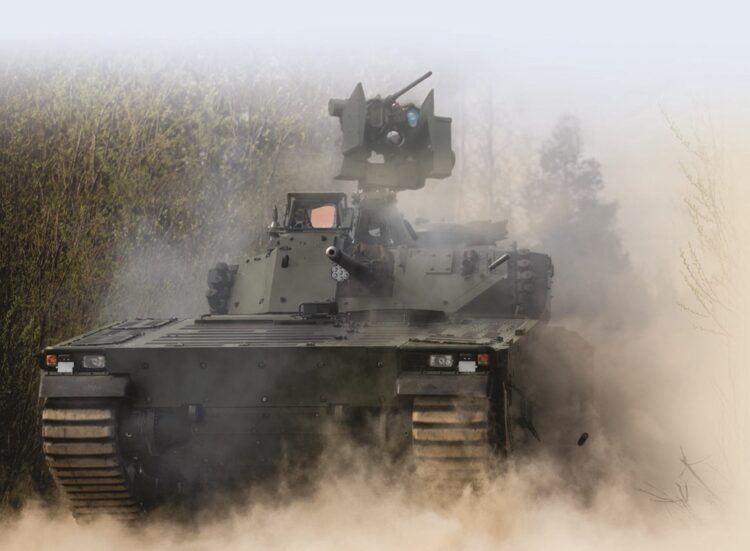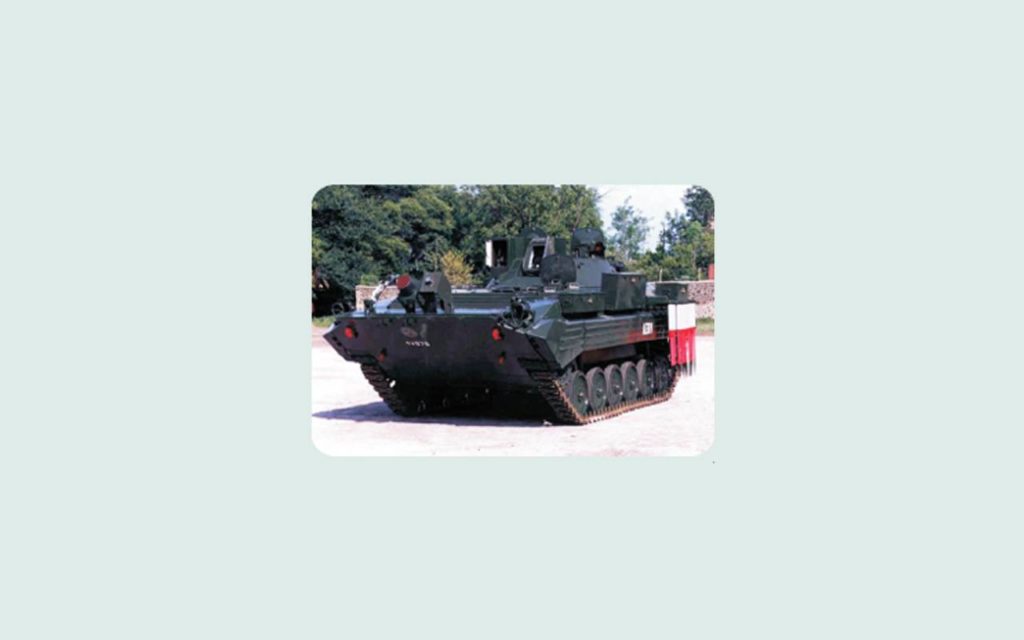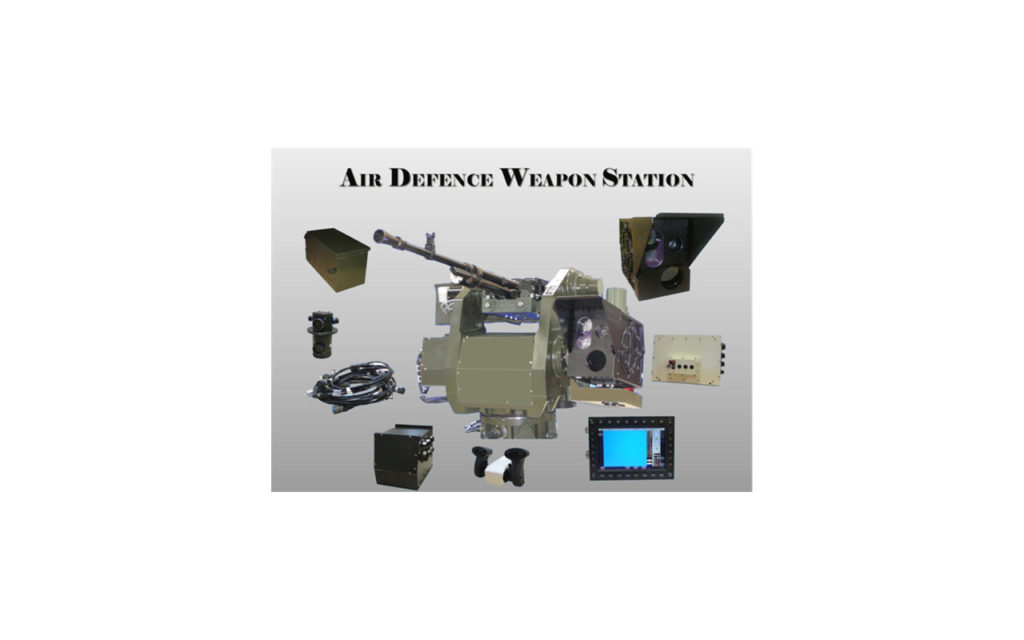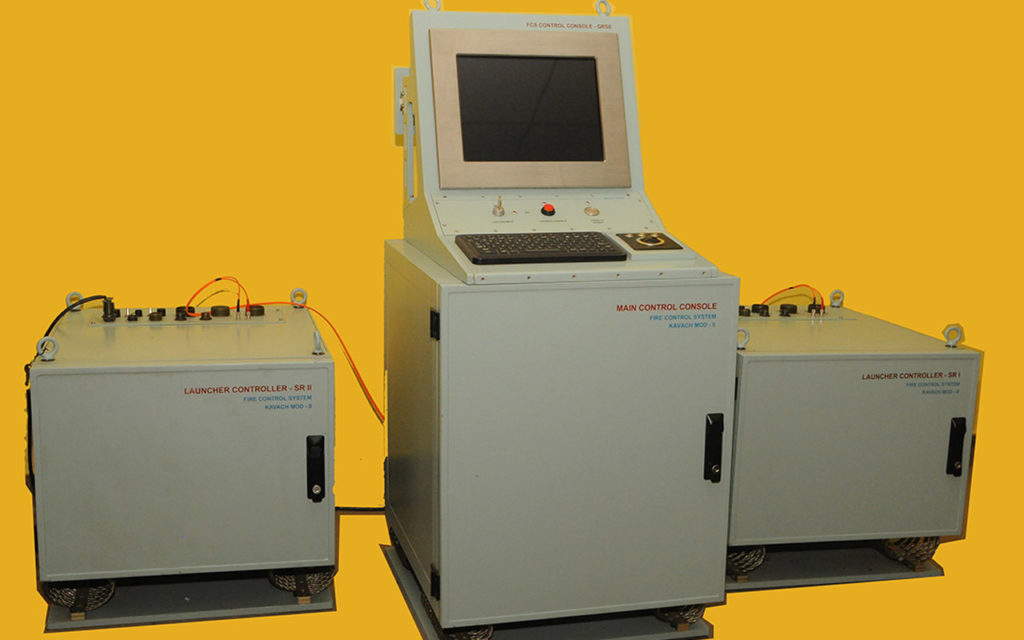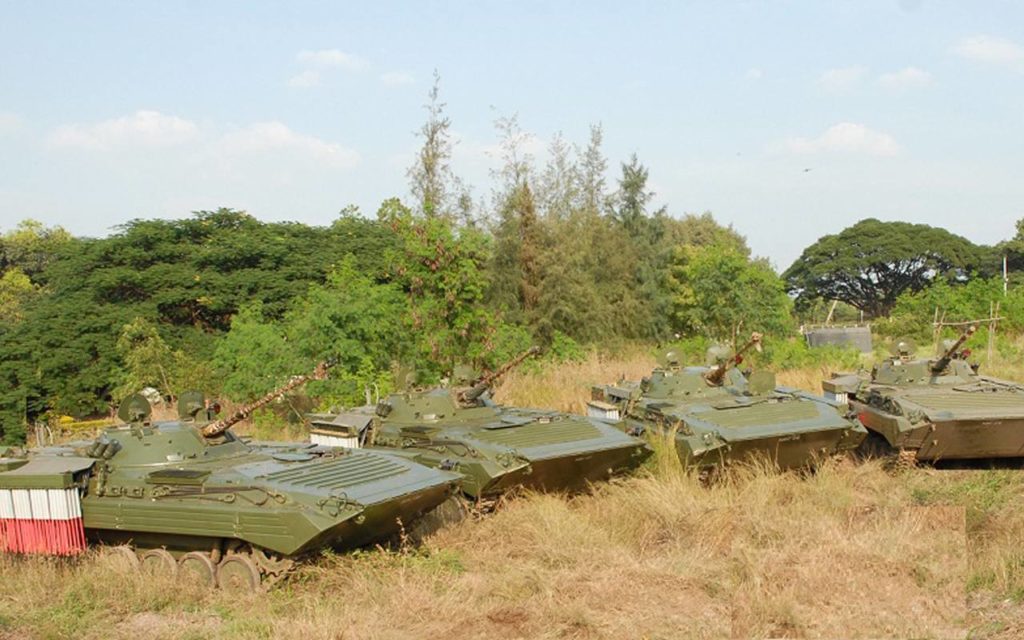BEL India is one of the largest producers of electronics and defense military equipment in the world. Their products come in many different sizes, shapes, and uses, from naval and aviation gadgets to night vision and radar devices. In this article, we will go over several of their tank and armored electronic systems, one of the largest divisions this major company has. Read on to find out more about these systems.
Table of Contents
1. Advanced Land Navigation System (ALNS)
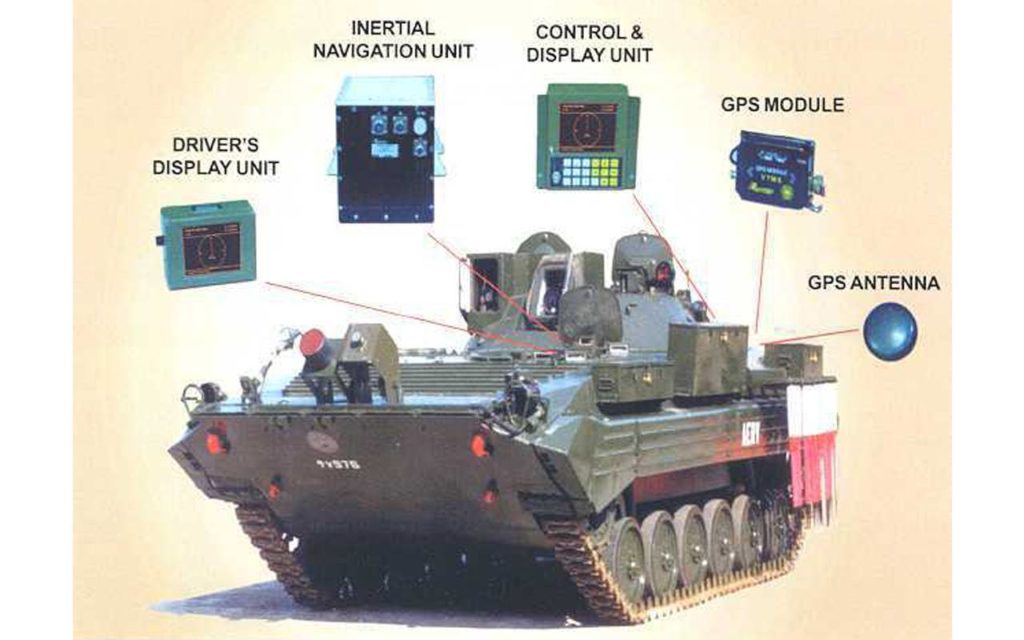
This piece of military-grade equipment is mounted on ‘A’ vehicles with the purpose of land navigation in featureless terrain and is used in traversing a path defined by various coordinates of different military maps. The ALNS system guides both the commander and the driver by dynamically updating the present position of the vehicle, and the bearing to the desired destination. The basic sensor of the system is the inertial measurement Unit.
The ALNS operates in three different modes depending on the immediate requirements. The three different modes are inertial mode, hybrid mode, and GPS mode.
Inertial mode systems operate completely through the sensor inputs, in hybrid mode, it takes the inputs from inertial sensors as well as the GPS receiver, and then selects the most accurate data for calculations of navigation parameters. Last but not least, the GPS mode system is independent of the inertial sensor inputs.
What is more, the ALNS is an RLG based navigation system, meaning it is a ring laser gyro. There are two different display panels on the system, fitted for the commander and the driver to view the navigational guidance. It also has a PC Interface for the upload and download of navigational data, it stores various navigational data like 500 waypoints and 100 roots, the system is completely menu driven.
2. Armored Engineering Reconnaissance Vehicle (AERV)
AERV is a vehicle system used by the Defense Forces during both day and night land reconnaissance missions, as well as air and water reconnaissance and navigation. Top features include:
Cross country amphibious capabilities, air condition, and a central computer for automatic storage and printing of reconnaissance data.
The device is applied in bridge laying by Defense Forces, finding a river and canal depths, determining types of soil layer inside rivers, bed profiling, water currents, etc. There is also route navigation through GPS and inertial navigation systems. The vehicle is often used for determining soil strength, before mobilizing other vehicles.
3. Air Defense Weapon Station (ADWS)
ADWS lays and stabilizes the NSVT 12.7 mm machine gun, as well as different optical sensors in traverse and elevation mounted on the mobile platform. This defense system provides movements of the gun in traverse and elevation, along with independent movements of the sight.
Different optical sensors of the device include a day camera, thermal imager, and a laser range finder integrated in a single housing. This complex system enables automatic target tracking of air and ground targets, and performs ballistic computations with the key of feeding ballistic offsets to the gun or sight.
Top features of this weapon station are remote firing and automatic loading, DSP based brushless servo drive technology, a 2 axis self-stabilized platform, day camera and night vision, automated FCS and ballistics corrections, automatic target tracking, and adaptability with any armored platform, as well as various types of weapon system, including 12.7mm and 7.62mm guns.
4. FCS for Kavach MOD II
The Kavach system creates a false target by launching a chaff rocket during the surveillance of the enemy, and attacking this chaff rocket is then misinterpreted as a target, therefore protecting the ship. Most important features of this defense system include FCS controller system, launcher control unit, and a FCS simulator.
5. Nuclear Biological Chemical Reconnaissance Vehicle (NBCRV)
This is a tracked vehicle system that is utilized by the Defense Forces for NBC reconnaissance. It is an air-conditioned and NBC sealed vehicle with a central computer that automatically stores and prints data.
There are solid, semi-solid and liquid sample collections for analysis in the laboratory, as well as a weather station that determines temperature, pressure, wind velocity and wind direction. Furthermore, the vehicle is equipped with route navigation and GPS, as well as inertial navigation systems.
The NBCRV is used for radiation contamination detection, chemical contamination detection, and contaminated solid or liquid sample collection.
